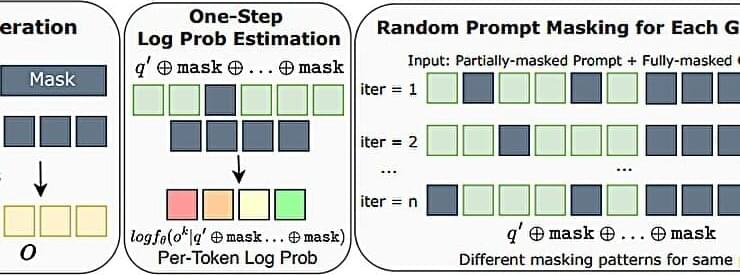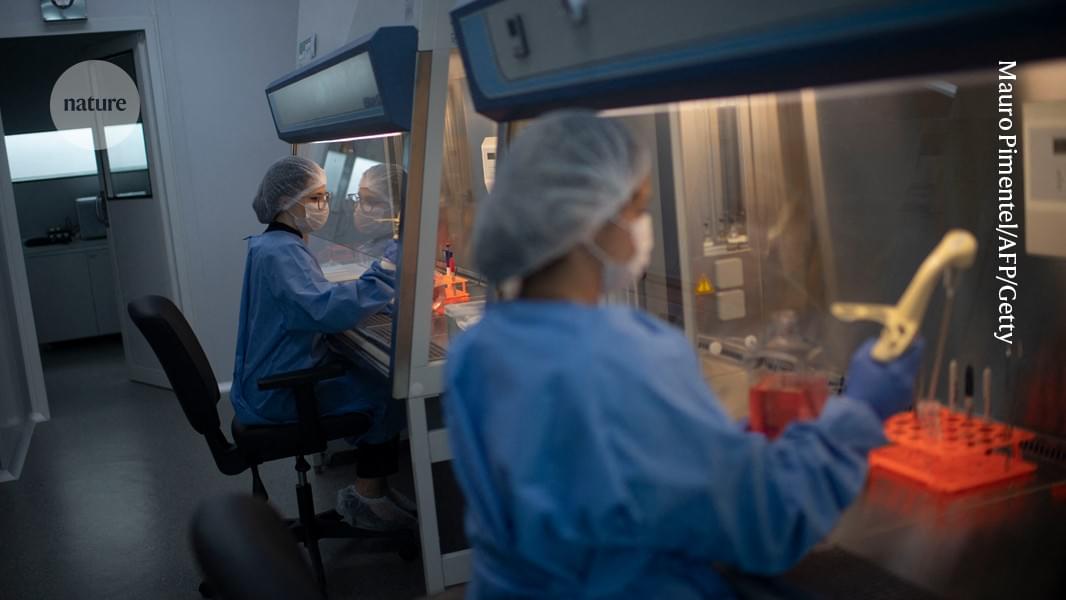In this third episode of the AI Bros podcast Bruce and John talk about everything from how AI is being utilized in existing platforms, to Character AI’s sync…
Get the latest international news and world events from around the world.

Reinforcement learning boosts reasoning skills in new diffusion-based language model d1
A team of AI researchers at the University of California, Los Angeles, working with a colleague from Meta AI, has introduced d1, a diffusion-large-language-model-based framework that has been improved through the use of reinforcement learning. The group posted a paper describing their work and features of the new framework on the arXiv preprint server.
Over the past couple of years, the use of LLMs has skyrocketed, with millions of people the world over using AI apps for a wide variety of applications. This has led to an associated need for large amounts of electricity to power data centers running the computer-intensive applications. Researchers have been looking for other ways to provide AI services to the user community. One such approach involves the use of dLLMs as either a replacement or complementary approach.
Diffusion-based LLMs (dLLMs) are AI models that arrive at answers differently than LLMs. Instead of taking the autoregressive approach, they use diffusion to find answers. Such models were originally used to generate images—they were taught how to do so by adding overwhelming noise to an image and then training the model to reverse the process until nothing was left but the original image.




Clustered neurons in bat midbrain encode categories of vocalizations, study finds
The ability to quickly recognize sounds, particularly the vocalizations made by other animals, is known to contribute to the survival of a wide range of species. This ability is supported by a process known as categorical perception, which entails the transformation of continuous auditory input (e.g., gradual changes in pitch or tone) into distinct categories (i.e., vocalizations that mean something specific).
Various past studies have tried to shed light on the neural underpinnings of categorical perception and the categorization of vocalizations. While they broadly identified some brain regions that could play a part in these abilities, the precise processes through which animals categorize their peer’s categorizations have not yet been fully elucidated.
Researchers at Johns Hopkins University recently carried out a study investigating how vocalizations are represented in the brain of big brown bats, which are scientifically known as Eptesicus fuscus. Their findings, published in Nature Neuroscience, suggest that the categories of vocalizations are encoded in the bat midbrain.

Dr. Bobby Reddy, MD — Pi Health — Developing Medicines Faster For Diverse Populations
Dr. Bobby Reddy, MD is the Chief Operating Officer and Co-Founder of Pi Health ( https://www.pihealth.ai/ ), a health technology and clinical research compan…
Neil Steinberg & Mark Jonathan Harris — Aging in America: Survive or Thrive
Neil Steinberg and Mark Jonathan Harris are both acclaimed filmmakers and through a partnership with Generation Entertainment, The John A. Hartford Foundatio…
Lightrun Grabs $70 Million Using AI To Debug Code In Production
“Developers now can ship more code than ever before,” due to all the automation that is being used, thanks to AI. “But it’s still a very manual process to fix it when things go wrong.”